Selection of Autumn Coffee Story Arabica theme introduction hand-made coffee introduction
If the variety of coffee is divided by biology, it can be divided into Arabica, Robusta and Liberica.
There are more than 6000 species of coffee trees, most of which are tropical trees and shrubs. There are four main coffee trees in the world, of which only two are of real commercial value and are planted in large quantities, and the quality of the coffee beans produced by other coffee trees is also higher than that of other coffee trees.
The first is Arabica beans, the world-famous Blue Mountain Coffee, Mocha Coffee and so on, almost all of them are Arabica. The other is Robasta species, which originated in the Congo of Africa. Different varieties of coffee beans have different flavors, but even the same varieties of coffee trees have their own unique flavor due to the influence of different soil and climate. The other two species are Liberian species and Esselsa species.
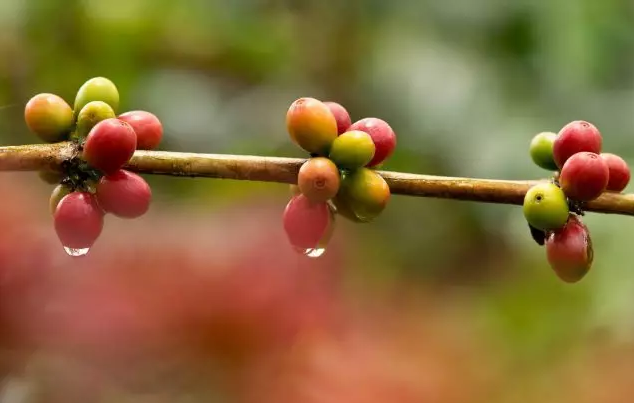
Mix coffee
Different coffee beans have different personalities because of different varieties and producing areas, and there are subtle differences in sour, bitter, sweet, aroma, mellow thickness and other flavors. Single coffee beans often show the unique characteristics of a certain kind of coffee. And blended coffee, also known as mixed coffee, is to mix all kinds of single coffee beans together, so as to give full play to the strengths of various single coffee beans, learn from each other, or complement or strengthen each other in taste, thus creating a richer new taste of coffee.
People need to put coffee from different places together for several different purposes. The ideal goal, of course, is to piece together a coffee that tastes better than any of them. But generally speaking, Arabica coffee from a single origin is enough to make coffee that tastes good for export; it has a delicate flavor, a soft taste and a sweet aftertaste.
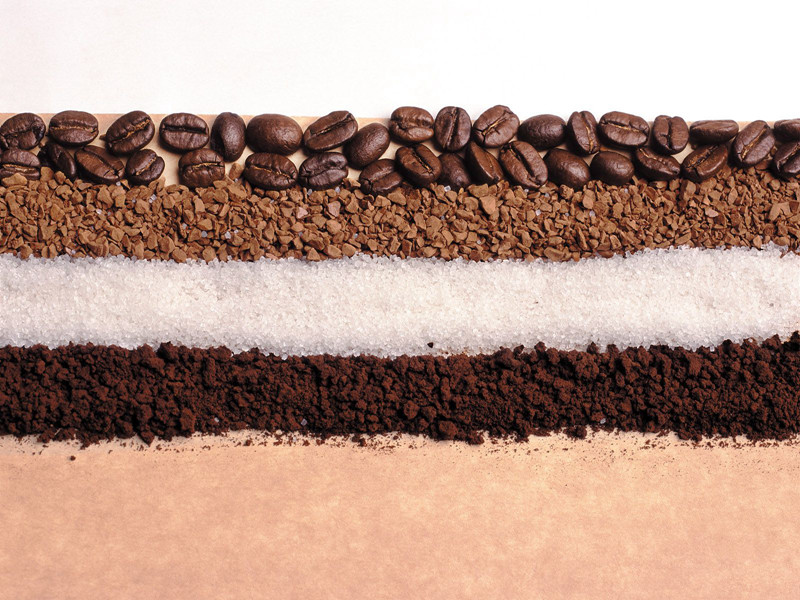
Autumn Coffee Story
Before blending any coffee, you should first understand the taste characteristics of all kinds of coffee, and at least make it clear in your heart that the taste of the kind of coffee you want to mix can not be achieved by any single coffee. In order to actually use these combinations, we must first understand the flavor of dozens of individual coffees, and each coffee shop will spell out different proportions of coffee beans according to its own characteristics:
This blend uses "Asia + Central America" origin as the base, uses 20% Kenyan coffee to highlight its acidic taste, and uses light baking / Cinnamon Roast, also known as "cinnamon roasting" under the bean time: from the beginning to the dense, the characteristics: the bean surface is cinnamon color, strong acid, with floral aroma, Nordic roasting is mostly roasted to this degree, baking a unique "seasonal hand-brewed coffee", with a smooth taste. It's nice sweet, but it's still sour.
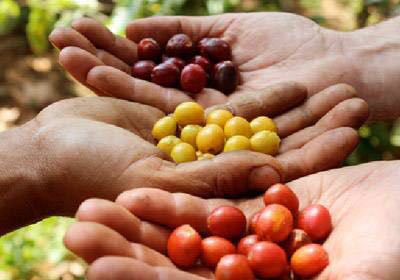
[Bayernardo, Colombia] (deep baking in washing)-sucrose, clean, medium mellow thickness, Colombian province of Antioquia, coffee is treated in the traditional way: coffee cherries are picked by hand, and then the coffee fruits are washed in a traditional wash. the treated beans are placed in a scaffolding to dry in the sun. The environment around the Andes makes this coffee-growing area rich in volcanic soil and rich in water resources.
[Kenya AA] (water washing is shallow)-angular strong fruit acid, and this Kenya, let me feel gentle, like facing the sea, the feeling of breeze blowing. Unlike Kenya, which used to be berry-based, this time it has a delicate red wine with sour fruit, cherry sweetness, BlackBerry lips and teeth, and a tail of black plum and sugar.
[Yunnan Tibika] (moderate washing): the oldest native variety in Ethiopia and southeastern Sudan, all Arabica are derived from Tibika. The flavor is elegant, but the physique is weak, the disease resistance is poor, the fruit yield is less. Excellent manor beans such as the Blue Mountains of Jamaica, Manning of Sumatra and Kona of Hawaii all belong to Tibika. Tiebika top leaf is red copper, called red top coffee, Tibika belongs to Arabica. Palate: floral aroma, sweet melon, black tea.
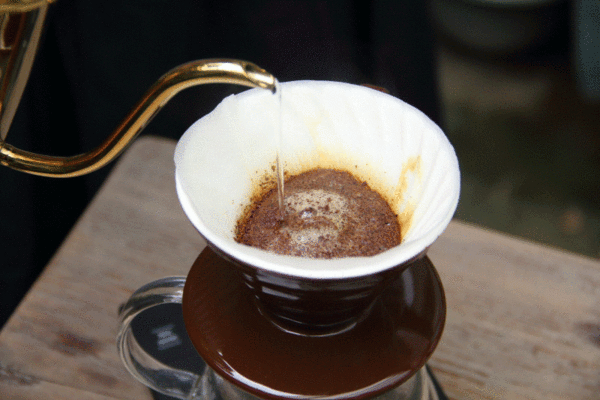
Purchase link: https://item.taobao.com/item.htm?spm=a1z10.3-c.w4002-15673140470.30.3ff19e11BsPrpf&id=558577534154
Important Notice :
前街咖啡 FrontStreet Coffee has moved to new addredd:
FrontStreet Coffee Address: 315,Donghua East Road,GuangZhou
Tel:020 38364473
- Prev

Aroma description of 24H Coffee Flavor in NATIVO washing + Water rest in Eincht Manor, Guatemala
For professional baristas, please follow the Coffee Workshop (official Wechat account cafe_style) 389. Mr. Jesus Aguirre Panama of Guatemala acquired the estate in 1874. Sugar cane was planted to make brown sugar (locally known as panela), while corn, beans and tobacco were grown on the estate. Coffee was grown during 1900, and it was called this one.
- Next
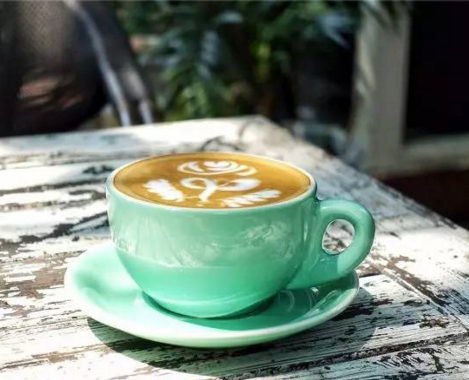
Fancy Coffee | how to distinguish between latte, Cabo and Australian coffee Flat White
Latte, Cabo, Mocha, must-order items in cafes, among these familiar faces, Flat White is the only drink that makes consumers and baristas scratch their heads, one by one, one by one. Accustomed to the latte is to pull flowers, mocha is a coffee lover with cream, when it comes to this drink, I am often confused. FlatWhite, what the heck is it? Distinguishing white
Related
- Detailed explanation of Jadeite planting Land in Panamanian Jadeite Manor introduction to the grading system of Jadeite competitive bidding, Red bid, Green bid and Rose Summer
- Story of Coffee planting in Brenka region of Costa Rica Stonehenge Manor anaerobic heavy honey treatment of flavor mouth
- What's on the barrel of Blue Mountain Coffee beans?
- Can American coffee also pull flowers? How to use hot American style to pull out a good-looking pattern?
- Can you make a cold extract with coffee beans? What is the right proportion for cold-extracted coffee formula?
- Indonesian PWN Gold Mandrine Coffee Origin Features Flavor How to Chong? Mandolin coffee is American.
- A brief introduction to the flavor characteristics of Brazilian yellow bourbon coffee beans
- What is the effect of different water quality on the flavor of cold-extracted coffee? What kind of water is best for brewing coffee?
- Why do you think of Rose Summer whenever you mention Panamanian coffee?
- Introduction to the characteristics of authentic blue mountain coffee bean producing areas? What is the CIB Coffee Authority in Jamaica?

